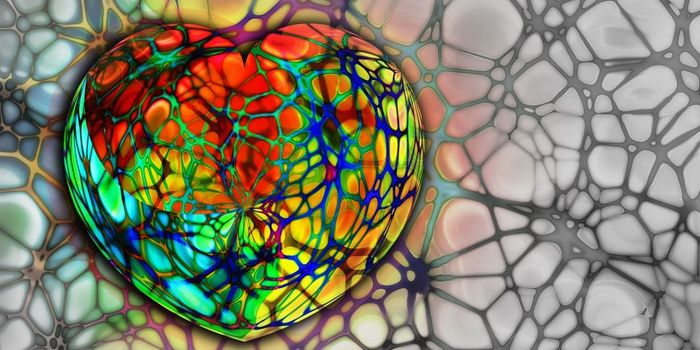Drug Targets Brain-Eating Amoebas
Brain-eating amoebas lead to high rates of mortality as a result of encephalitis. In fact, more than 95% of people who develop the infection will die. Unfortunately, there has not been any effective drug that is available to fight off these infections. Now, scientists are bringing renewed hope by designing promising compounds for future treatments—findings were published in ACS Chemical Neuroscience.
Learn more about brain-eating amoebas:
The two types of amoebae species--Naegleria fowleri and Balamuthia mandrillaris—cause the primary amoebic brain infections. Amoebaes are single-celled microorganisms that survive in water and soil and can enter the body via the nose or open wounds. These pathogenic creatures move to the central nervous system to eradicate brain cells. Only in small cases due antimicrobial treatments given in high doses successfully evade toxifying a patient. Now, researchers have turned into quinazolinones drugs that may offer an alternate pathway. These drugs are known to be effective against a wide spectrum of pathogens including bacteria, viruses, fungi and parasites. However, they have never been tested on brain-eating amoebae.
In the study, researchers synthesized 34 new quinazolinone compounds and they studied their effects on N. fowleri and B. mandrillaris. Some of the compounds were effective at killing the microorganisms and limiting the danger they can cause to human cells in a Petri dish. Some of the compounds when attached to silver nanoparticles to the derivatives enhanced their activity. The most effective drugs contained chlorine, methyl or methoxy groups, and their toxicity was low in human cells. Results conclude that quinazolinones are good drug candidates for future therapeutic studies.
Source: American Chemical Society









